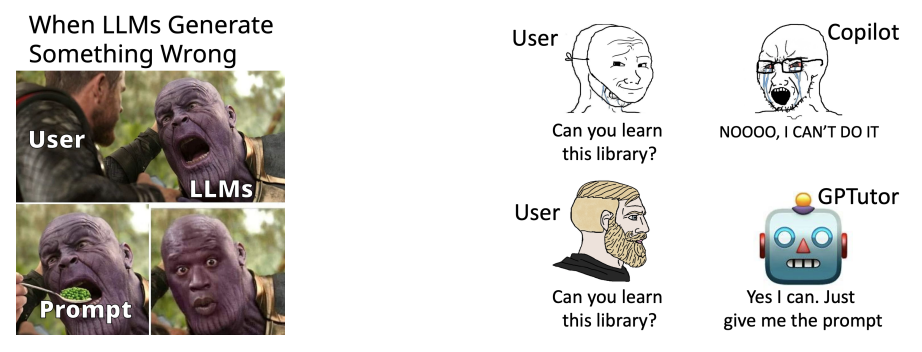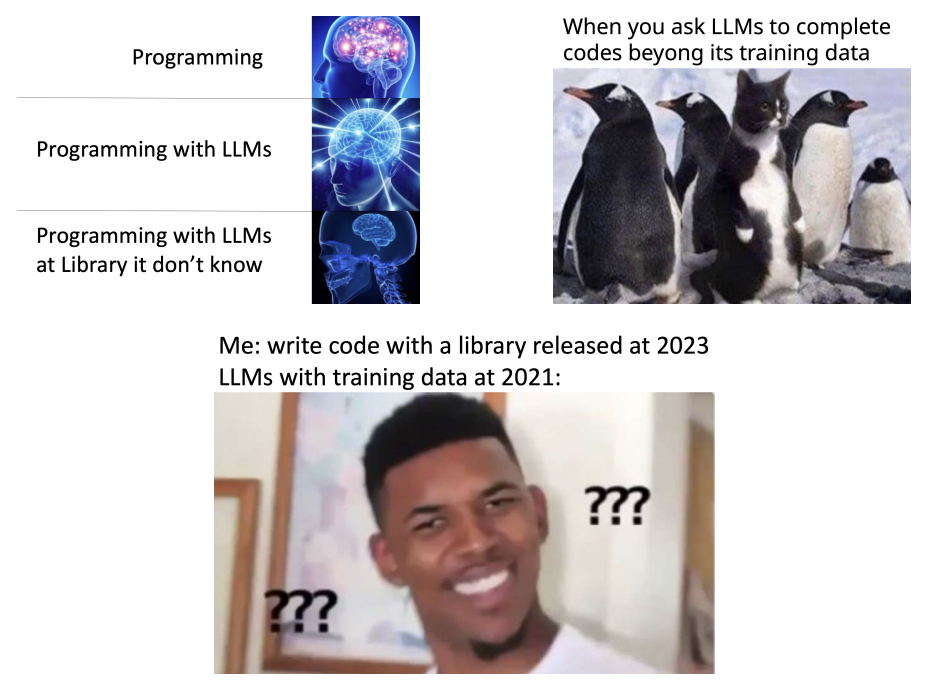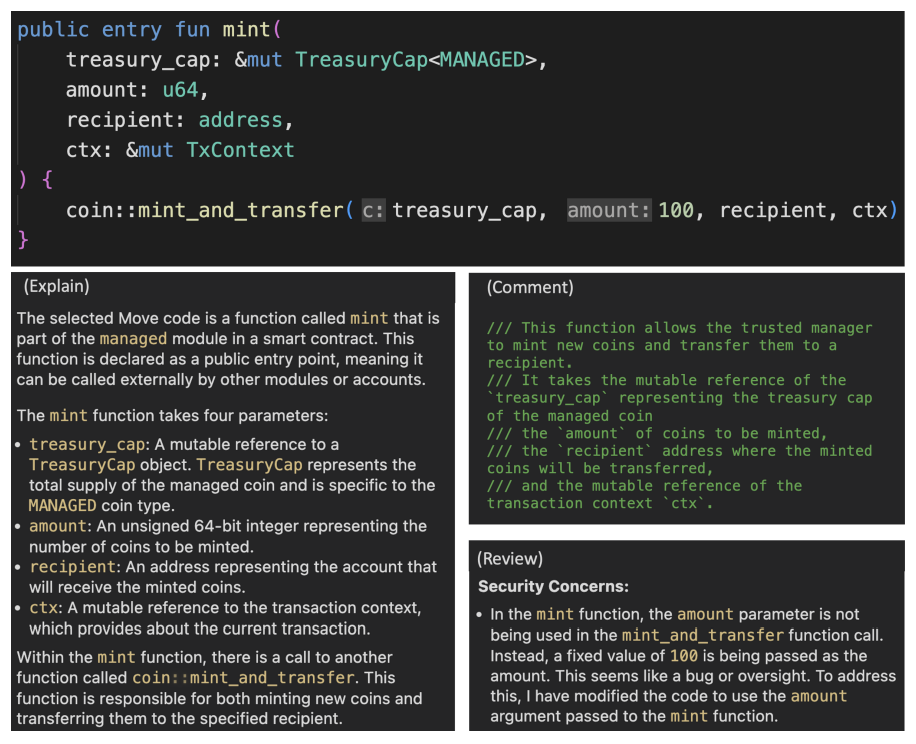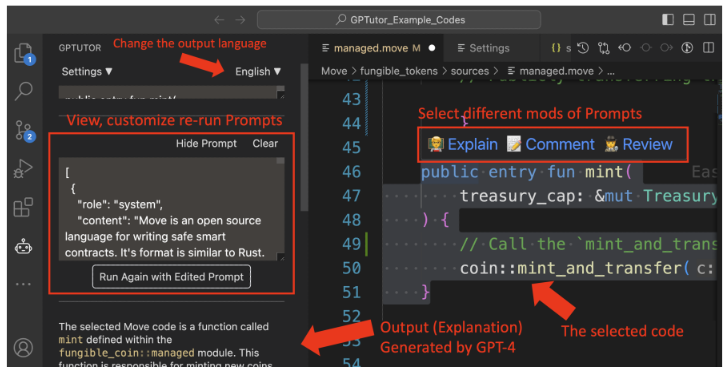Authors:
(1) EASON CHEN, Carnegie Mellon University and Bucket Protocol;
(2) RAY HUANG, Bucket Protocol;
(3) JUSTA LIANG, Bucket Protocol;
(4) DAMIEN CHEN, Bucket Protocol;
(5) PIERCE HUNG, Bucket Protocol.
Table of Links
Introduction & GPTutor Service Design
Customize Prompts, Future Works, Call for Contribution, Conclusion, Acknowledgements, & References

This paper presents the latest progress of GPTutor: a ChatGPT-powered programming tool extension in Visual Studio Code. The emergence of Large Language Models (LLMs) has improved software development efficiency, but their performance can be hindered by training data limitations and prompt design issues. Existing LLM development tools often operate as black boxes, with users unable to view the prompts used and unable to improve performance by correcting prompts when errors occur. To address the aforementioned issues, GPTutor was introduced as an open-source AI pair programming tool, offering an alternative to Copilot. GPTutor empowers users to customize prompts for various programming languages and scenarios, with support for 120+ human languages and 50+ programming languages. Users can fine-tune prompts to correct the errors from LLM for precision and efficient code generation. At the end of the paper, we underscore GPTutor’s potential through examples, including demonstrating its proficiency in interpreting and generating Sui-Move, a newly introduced smart contract language, using prompt engineering.
1. INTRODUCTION
Thanks to Large Language Models [1], the efficiency of modern software engineers in developing programs has significantly improved. Software engineers frequently employ various AI tools to assist development, such as Copilot, CodeX and ChatGPT. These tools are primarily used for two key purposes: code explanation and generation[7]. "Code Explanation" pertains to providing clear and understandable explanations for given sections of code. "Code generation" refers to AI generating the corresponding code based on developer instructions or code. For example, AI may generates the remaining incomplete portions of code based on the code already written by the developer.
These LLM AI Pair Programming tools are generally effective in handling most scenarios [9]. Nevertheless, it’s important to note that large language models such as ChatGPT are only equipped with knowledge up to 2021. As a result, developers might face challenges when dealing with recently introduced programming languages or libraries. For example, introduced in 2022, Sui-Network uses Sui-Move as the programming language for its smart contract logic. As illustrated in Figure 2, Pair programming tools powered by LLM AI struggle to provide significant assistance in the development of projects involving unfamiliar libraries like Sui-Move, due to their training data limitations.
Fortunately, prompt Engineering can easily address these issues (Figure 1). For instance, users can provide background in the prompt, such as mentioning that "Move language has syntax similar to Rust", before asking ChatGPT to explain Sui-Move code. With this context, ChatGPT can effectively explain Sui-Move code. Furthermore, by providing Sui-Move examples in the prompt accordingly, ChatGPT can successfully generate or modify Sui-Move smart contracts.
Unfortunately, development tools like Copilot are black boxes, lacking the flexibility to customize prompts or correct errors as per one’s requirements [9] (Figure 1). Moreover, pasting code into ChatGPT and selecting the appropriate prompt can be quite cumbersome. This is why we are building GPTutor, an open-source AI pair programming tool that aims to be an alternative to Copilot.


2. GPTUTOR SERVICE DESIGN
Currently, GPTutor is available at the Visual Studio Code Extension marketplace with over a thousand downloads [1]. Users can use it with their own OpenAI API Key. GPTutor supports input and output in over 120 human languages and supports more than fifty programming languages. Users can customize GPTutor’s prompts for specific languages to obtain more precise explanations or generations. For example, as shown in Figure 3, developers can set up prompts for GPTutor to explain, comments, and even perform code review for their code. Moreover, as shown in Figure 5 users can specify what CSS library and themes they want to use and then ask the GPTutor to rewrite the HTML classes to fit the instructions. For more about the design of GPTutor, please check [4].

This paper is

